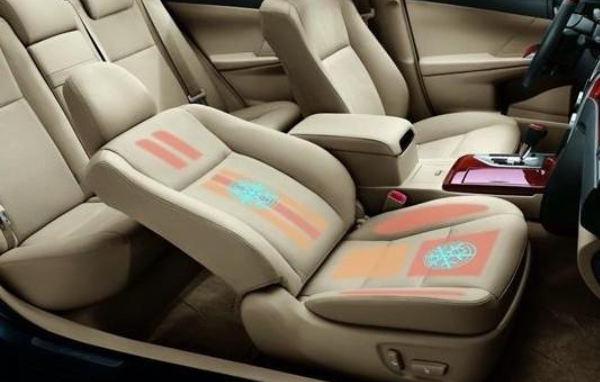 admin
admin  2021-05-18 15:49:04
2021-05-18 15:49:04
The car seat belt sensor is a thin-film contact sensor. The contact points of the sensor are evenly distributed on the force-bearing surface of the seat, and a trigger signal is generated when the seat is subjected to external pressure.
Used in car seat occupant perception system, such as seat belt alarm, driver leaving the seat, etc. For example, with this device, it can sense whether the person in the seat is wearing a seat belt, and avoid the danger of accidents.
As we all know, there are not a few accidents that do not wear seat belts every year. Therefore, the state has now mandated that new buses and automobiles should be equipped with seat belt alarm sensors. The investigation shows that most passengers who do not wear seat belts will wear seat belts when they receive proper reminders, so the seat belt alarm device plays a vital role.

Generally, within the linear range of the sensor, it is desirable that the higher the sensitivity of the sensor, the better. Because only when the sensitivity is high, the value of the output signal corresponding to the measured change is relatively large, which is conducive to signal processing. However, it should be noted that the sensitivity of the sensor is high, and external noise that has nothing to do with the measurement is also easy to mix in, and it will also be amplified by the amplification system, which affects the measurement accuracy. Therefore, it is required that the sensor itself should have a higher signal-to-noise ratio and minimize the interference signal introduced from the outside world.
The sensitivity of the sensor is directional. When the measured is a single vector, and its directivity requirements are high, the sensor with less sensitivity in other directions should be selected; if the measured is a multi-dimensional vector, the cross sensitivity of the sensor is required to be as small as possible.